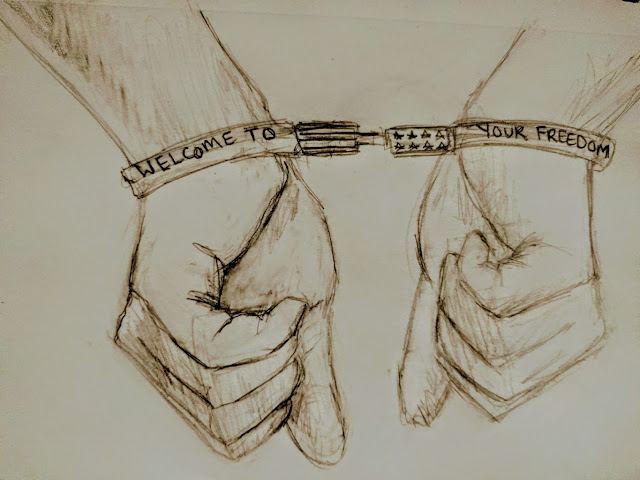The House on Mango Street - The Family of Little Feet
The chapter I chose to do was "The Family of Little Feet." I chose this passage because it had extremely strong visuals. I loved how they compared all of the feet of the "little foot" family to other objects, such as tamales, pink pearls, salamanders, and white pigeons. The way she describes the lemon shoes that they love so much makes me able to truly visualize them. I decided to take the pictures of each person's feet and compare them next to their visual description. This made for a very interesting type of collage.
